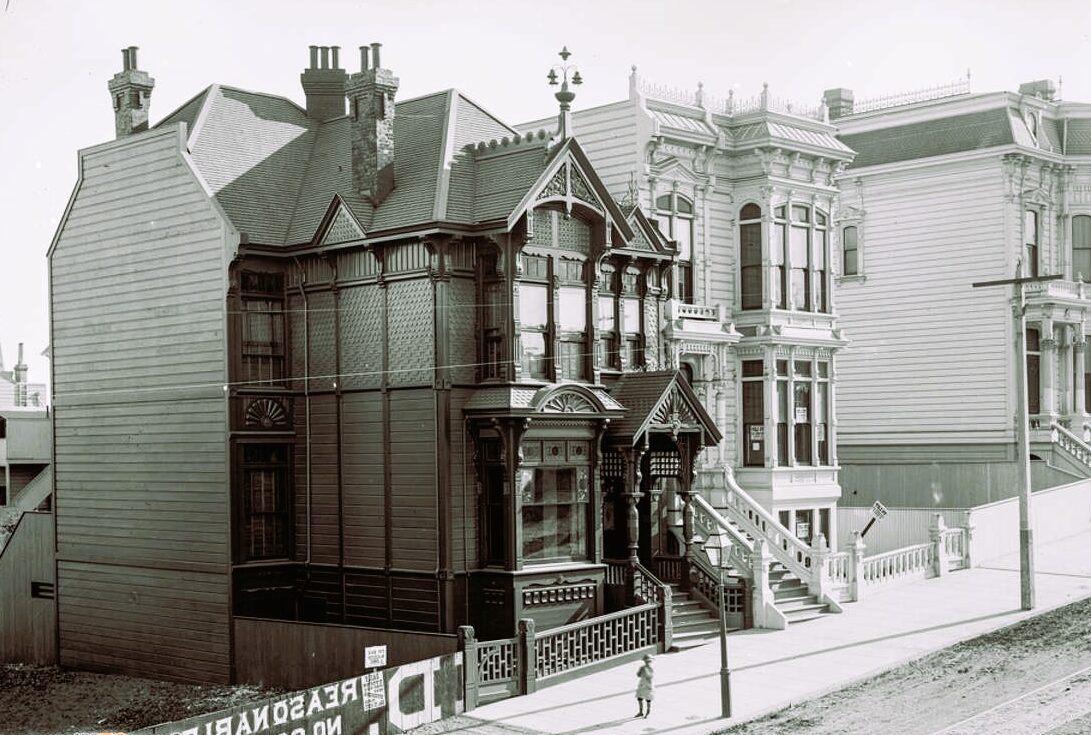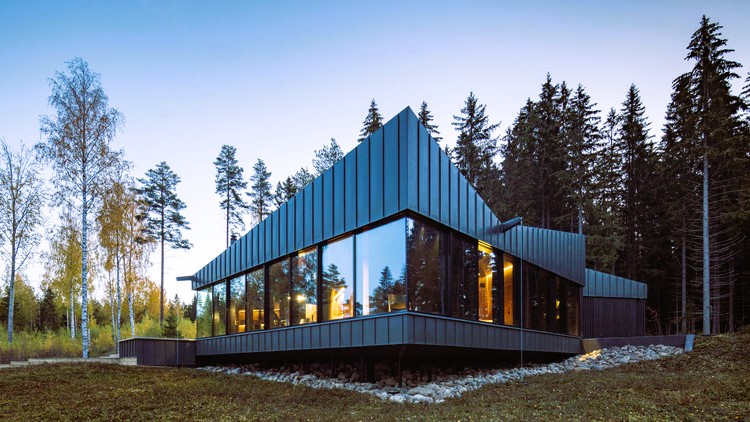Architecture, as a mirror of society, undergoes constant evolution, reflecting the changing tastes, technologies, and values of its time. The transition from Victorian splendor to modern minimalism represents a fascinating journey through the visual history of architectural design. In this exploration, we navigate the significant shifts in style, form, and function that have shaped the built environment over the past century.

Victorian Opulence (1837-1901): The Victorian era was characterized by opulent and ornate architectural styles, influenced by a combination of Gothic Revival, Italianate, and Queen Anne aesthetics. Elaborate detailing, decorative trim, and complex patterns adorned buildings of this period. Notable examples include the grandeur of London’s St. Pancras Station and the intricate details of the Painted Ladies in San Francisco.
Art Nouveau Elegance (1890-1910): Art Nouveau emerged as a reaction against the rigid structures of the Victorian era. Characterized by sinuous lines, organic forms, and decorative flourishes, Art Nouveau brought a sense of fluidity to architecture. The works of renowned architect Victor Horta in Brussels and the Casa Batlló in Barcelona by Antoni Gaudí exemplify the grace and elegance of this movement.
The Rise of Modernism (1910-1940): The early 20th century witnessed a radical departure from the ornamental excesses of the past, giving rise to modernism. Pioneered by architects like Le Corbusier and Ludwig Mies van der Rohe, modernist buildings embraced simplicity, functionality, and the use of new materials like glass and steel. The Bauhaus School in Germany became a symbol of this movement, emphasizing the marriage of art and industry. Designing for Edmonton’s challenging climate, read more in the article on Architecture and Weather.
Art Deco Glamour (1920-1940): The interwar period saw the emergence of Art Deco, a style characterized by geometric shapes, sleek lines, and lavish ornamentation. Notable examples include the Empire State Building in New York and the Marine Building in Vancouver. Art Deco reflected the optimism of the era and celebrated modernity while incorporating elements of luxury and glamour.
Mid-Century Modernism (1940-1970): Post-World War II, mid-century modernism gained prominence, emphasizing simplicity, open spaces, and a connection with nature. Architects like Frank Lloyd Wright and Eero Saarinen contributed iconic designs such as Fallingwater and the Gateway Arch. The movement influenced residential architecture with the popularization of the ranch-style home and the incorporation of innovative materials like plywood.
Brutalism and Concrete Forms (1950-1970): Brutalism emerged as a response to the sleekness of mid-century modernism. Characterized by the use of raw concrete, bold geometric shapes, and a focus on functionality, Brutalist architecture aimed to convey strength and honesty in design. Examples include the Barbican Centre in London and Boston’s City Hall.

Postmodern Playfulness (1970-1990): Postmodernism rejected the austere simplicity of modernism, reintroducing historical references, humor, and eclectic elements into architecture. Notable examples include Michael Graves’ Portland Building and Philip Johnson’s AT&T Building in New York. Postmodernism allowed for a more diverse and playful approach to design, challenging the rigid principles of modernist architecture.
Contemporary Eclecticism and Minimalism (1990-Present): The 21st century has witnessed a diverse range of architectural styles, with a resurgence of interest in both eclecticism and minimalism. While some architects continue to explore bold and expressive forms, others embrace the simplicity of minimalism, focusing on clean lines, open spaces, and sustainable design practices. Iconic examples include the innovative works of Zaha Hadid and the minimalist elegance of Tadao Ando’s designs.
Conclusion:
The visual timeline of architectural evolution, from Victorian splendor to modern minimalism, reflects the dynamic nature of human creativity and societal values. Each era has contributed to the rich tapestry of our built environment, leaving an indelible mark on the landscapes we inhabit. By understanding this evolution, we gain insights into the cultural, technological, and artistic forces that have shaped the structures we call home.
For further exploration of architectural evolution and its impact on the built environment, refer to reputable sources such as Wikipedia and the official website of the Government of Canada. These platforms offer comprehensive insights into the global and regional nuances of architectural development.
